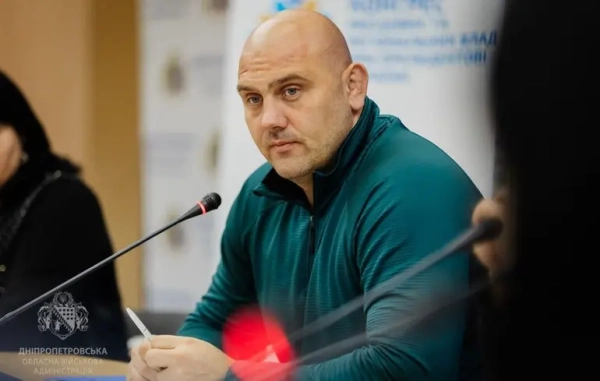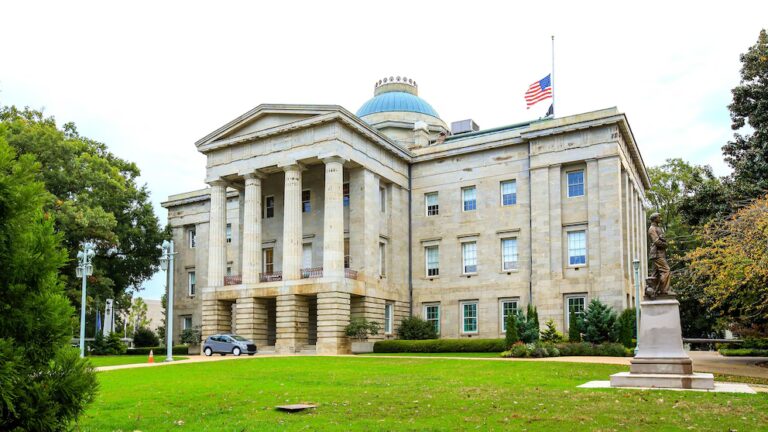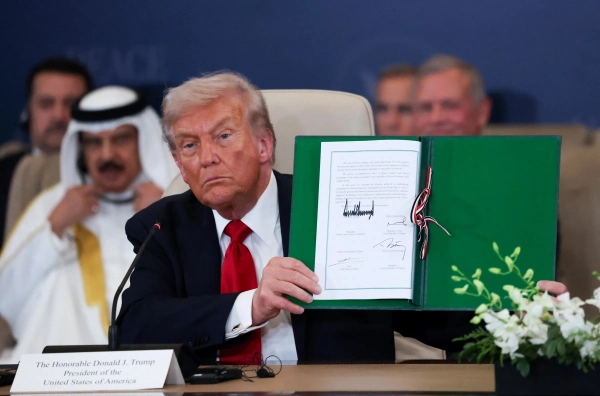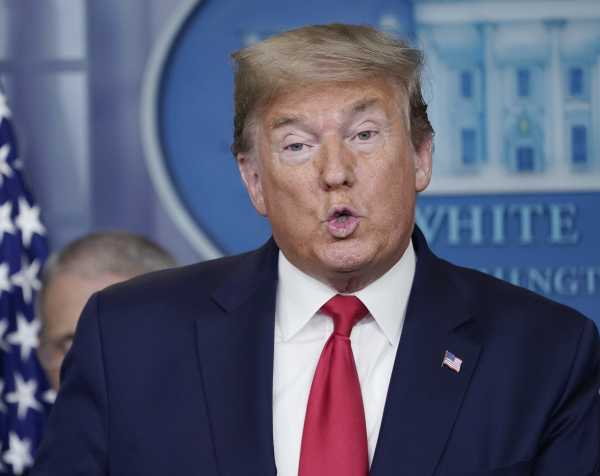
President Donald Trump seems determined to end social distancing efforts by Easter (April 12), reiterating his plan at Tuesday’s press briefing to relax his administration’s guidelines in the next few weeks — even as experts continue to warn that efforts against the coronavirus could require months.
“What a great timeline that would be,” Trump said.
In recent days, Trump has been walking back previous suggestions from public officials — including his own remarks at earlier press briefings — that social distancing will be required for months. He said on Monday, “America will, again, and soon, be open for business. Very soon. A lot sooner than three or four months that somebody was suggesting. Lot sooner. We cannot let the cure be worse than the problem itself.”
But experts are clear about the massive risk that ending social distancing early — in weeks instead of months — could pose.
“Everybody living through this wants to not be in this situation,” Jen Kates, director of global health and HIV policy at the Kaiser Family Foundation, told me. “But the call to end it soon — and saying that’s his intention — is not based on public health. There’s nothing to suggest that ending it soon will have any good impact at all.”
Instead, ending social distancing prematurely could cause more deaths. “More people will become infected. More people will get sick. More people will die,” Kates said.
Epidemiological models back this up. They indicate that coronavirus cases will rise if social distancing measures are relaxed, potentially causing hundreds of thousands if not millions of deaths in the US alone.
Trump, however, seems increasingly concerned about the damage to the economy that social distancing efforts are causing as restaurants, stores, and other businesses close or scale down and as Americans are told to stay home as much as possible.
Of course, hundreds of thousands or millions of people dying would be bad, too — a fact Trump acknowledged. “Above all, we know that the best thing for our economy is a very powerful victory over the virus,” he said.
When pressed on the Easter timeline, Trump suggested it was based on a gut feeling, not on hard data. Easter “is a beautiful time,” Trump said. “It would be a beautiful timeline.”
It’s unclear just how much say Trump has on this. While the White House’s and Centers for Disease Control and Prevention’s guidelines are helpful to the public, officials, and health care providers, much of the actual policy change — from lockdowns to curfews — happens at the local and state level, where Trump has little control.
But to the extent state, local, and private leaders follow Trump’s lead, there is a giant risk here.
People will die if we end social distancing prematurely
There’s good historical evidence for the risk of ending social distancing too soon.
In 1918, the world was ravaged by a horrible flu pandemic, which was linked to as many as 100 million deaths globally and about 675,000 deaths in the US. In response, cities across America adopted a variety of social distancing measures to combat the spread of disease. Based on several studies of the period, these measures worked to reduce the death toll overall.
But many cities, also worried about the effects of social distancing on normal life and the economy, pulled back their social distancing efforts prematurely. When they did, they saw flu cases — and deaths — rise again.
Consider St. Louis. The city is now heralded as an example of how to do social distancing right because it took an aggressive and layered response to the flu pandemic early on. But as a 2007 study published in JAMA found, St. Louis in 1918 pulled back its social distancing efforts prematurely — and that led to a spike in deaths.
Here’s how that looks in chart form, with the line chart representing excess flu deaths and the black and gray bars below showing when social distancing measures were in place. The highest peak comes after social distancing measures were lifted, with the death rate falling only after they were reinstituted.
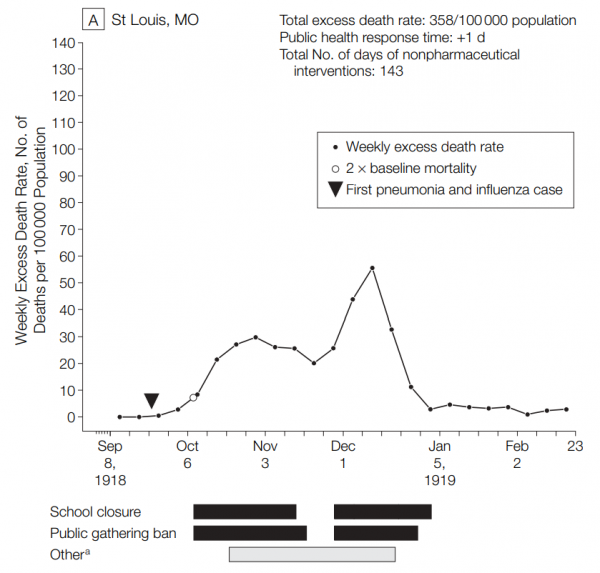
This did not just happen in St. Louis. Analyzing data from 43 cities, the JAMA study found this pattern repeatedly across the country. Howard Markel, an author of the study and the director of the University of Michigan’s Center for the History of Medicine, described the results as a bunch of “double-humped epi curves” — officials instituted social distancing measures, saw flu cases fall, then pulled back the measures and saw flu cases rise again.
Notably, the second rise in deaths only appeared when cities removed social distancing measures, the JAMA study found: “Among the 43 cities, we found no example of a city that had a second peak of influenza while the first set of nonpharmaceutical interventions were still in effect.”
Another 2007 study, published in PNAS, looked at 17 US cities and found the same trend: “[N]o city in our analysis experienced a second wave while its main battery of [nonpharmaceutical interventions] was in place. Second waves occurred only after the relaxation of interventions.”
A lot has changed in medicine since 1918, with knowledge of viruses and the widespread use of vaccines and other medications to combat all kinds of diseases. But we still need to rely on nonpharmaceutical interventions, like social distancing, to combat epidemics and pandemics when we don’t have a vaccine. And since we likely won’t have a vaccine for the novel coronavirus for another year or so, we’ll need social distancing for, potentially, months.
As the PNAS study concluded: “In practice, and until emergency vaccine production capacity increases, this means that in the event of a severe pandemic, cities will likely need to maintain [nonpharmaceutical interventions] for longer than the 2–8 weeks that was the norm in 1918.”
We’re still in a very bad place
One of the reasons we likely need social distancing efforts for some time: There’s no sign that the coronavirus epidemic in the US is ending soon.
As of March 24, the US has more than 53,000 confirmed coronavirus cases, with nearly 700 deaths, according to Johns Hopkins University. America’s confirmed cases continue to rise exponentially, with no sign yet of a flattened curve. (It’s unclear how much of this rise is due to more testing versus more spread, but it’s not a good sign either way.)
Meanwhile, experts and public health officials continue to complain that the country has botched its response. There still isn’t enough testing, with people still complaining on social media that they can’t access tests even when they have symptoms. Health care providers still say they don’t have access to protective equipment, such as face masks, that they need to take care of patients. At least until recently, most Americans didn’t appear to take calls to social distance very seriously.
Simply put, there’s no sign coronavirus is subsiding yet. As experts previously told me, it could take two months or more of social distancing before the US starts to turn the corner.
“To pick an arbitrary time when we haven’t ramped up testing and we haven’t shored up the hospital supply issues … could really lead to a disaster,” Kates explained.
Trump, however, seems very eager to end social distancing as soon as possible. Even while other experts at the briefing talked down at the idea — Anthony Fauci, head of the National Institute of Allergy and Infectious Diseases, cautioned “flexibility” on the timeline — Trump continued to play up the idea of ending social distancing guidelines by Easter.
“I would love to see it come even sooner,” Trump said, “but I think that would be a beautiful timeline.”
Sourse: vox.com
